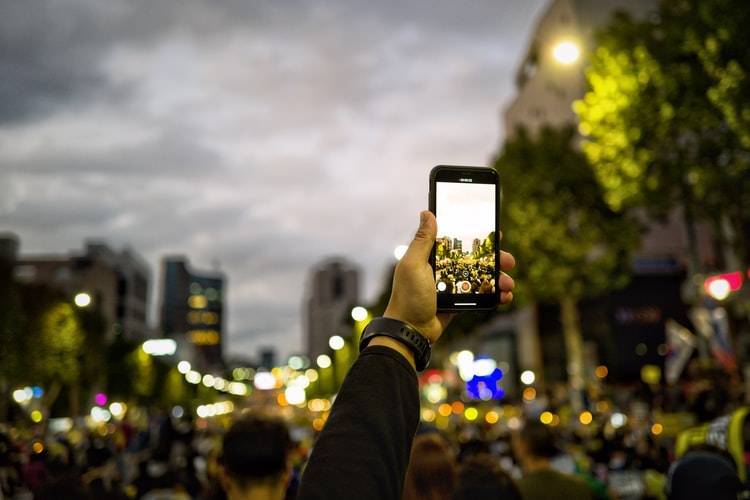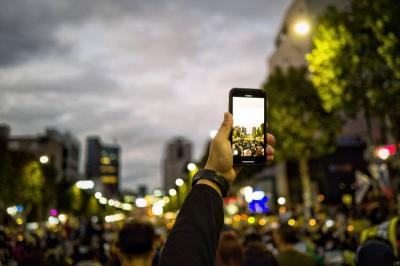Photography enthusiasts around the world celebrate "Selfie Day" on June 21. Selfies have become an integral part of any event, trip, or gathering, and they are even present in tragic situations. The growing popularity of this type of photo led to its inclusion in the Oxford English Dictionary in 2013, according to CNN. The emergence of the selfie is credited to Robert Cornelius from Philadelphia, who took the first selfie in 1839 by standing still in front of a camera for a minute before removing the lens cap to capture the image.
On the occasion of Selfie Day, here are some strange facts related to selfies:
- The selfie taken by Hollywood star Bradley Cooper at the 2014 Oscars is the most re-tweeted photo in history.
- The selfie stick became one of the "bestselling items" in 2014, with Google searches for it increasing more than 19 times that year.
- Selfies caused the deaths of 259 people worldwide between October 2011 and November 2017, according to a study published by the Indian Journal of Family Medicine, with India accounting for 159 of those fatalities while attempting to take unique selfies.
- In April of last year, NASA's Curiosity rover appeared in a "stunning" selfie on the surface of Mars alongside a rock formation.
- Numerous psychological studies have attempted to determine why many are attached to selfies, revealing five motives: narcissism, sharing, communication, functional use, enhancing self-esteem, and capturing memories.
- In 2014, the U.S. Department of Transportation reported that 33,000 people were injured in accidents because they were driving while holding their phones to take selfies.
- Some selfies have caused priceless cultural losses; in August of last year, an Austrian tourist partially damaged a 19th-century statue while taking a photo alongside the rare artwork created by Italian sculptor Antonio Canova.
### Selfie Stick
Some believe that the selfie stick's emergence is linked to mobile phones, but it actually dates back to the mid-1980s when it was invented by Hiroshi Ueda. Ueda worked for a global photography company and created a long, extendable stick with a camera on one end, originally calling it the "extendable stick." He used it during family trips. The stick was designed to help capture a larger area behind the photographer and came in various shapes and sizes in an attempt to market it. However, the Japanese invention was considered a failure at the time and did not gain the necessary popularity until Canadian inventor Wayne Form developed it further, leading to its explosive rise in popularity with the advent of mobile phones and their cameras.




